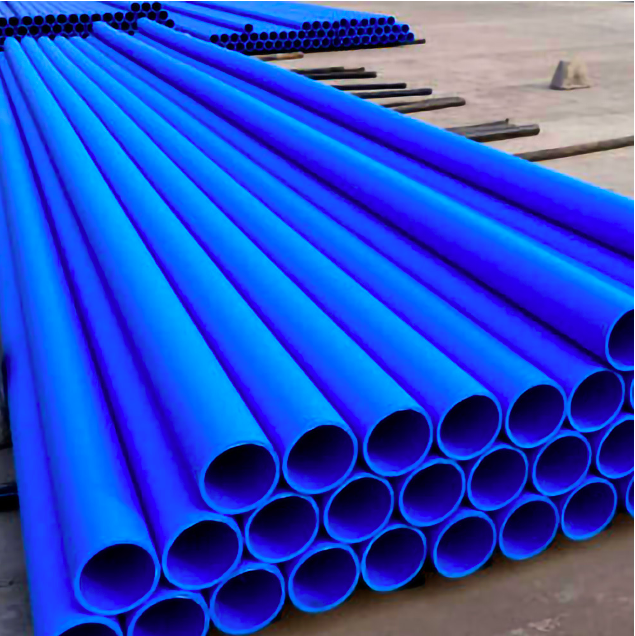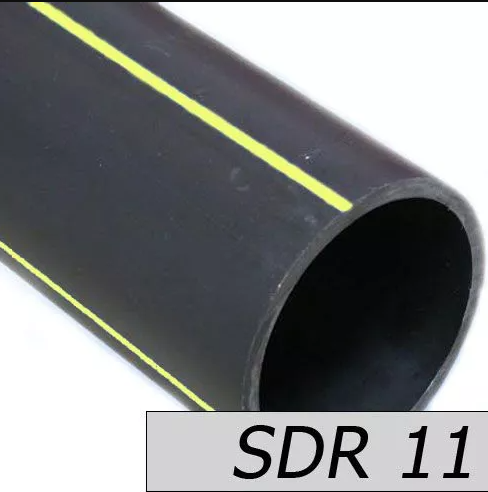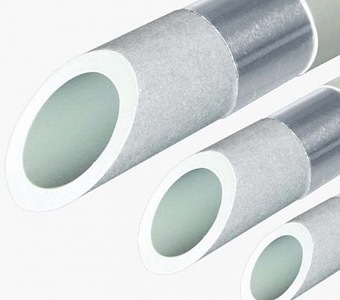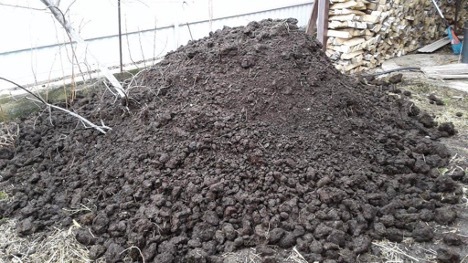PE pipe is a product made of polyethylene that has been processed under conditions of high pressure and hot temperatures. Such pipes are completely resistant to corrosion, so they greatly outperform metal counterparts. However, they can withstand temperatures only up to 80-90 degrees, therefore they are limited in use. The main characteristics, pros and cons of such products are described below.
The content of the article
- Characteristics and scope of polyethylene pipes
- Types of pipes
- Advantages and disadvantages
Characteristics and scope of polyethylene pipes
As the name implies, all types of polyethylene pipes are made from an organic polymer of the same name. During the production process, the material is melted and softened, plasticizers are introduced to improve elasticity. The result is a rather dense raw material, which is molded into pipes of different diameters and lengths.
The PE pipe, the photo of which is shown below, has the following technical characteristics:
- diameter (outer) from 16 to 63 mm;
- wall thickness from 2 to 6 mm;
- minimum operating temperature 0оС;
- maximum working temperature +90оС;
- maximum pressure 16 bar;
- the inner surface is smooth.

Due to the described technical characteristics, polyethylene pipes are used in various systems:
- cold water supply;
- sewerage;
- hot water supply;
- gas supply (subject to low pressure);
- watering plants (in the country, in farms);
- water heated floor;
- drainage systems;
- storm drains.
Sometimes polyethylene pipes, as in the photo, are also used in heating systems. But this is only permissible in apartments and private houses, where the temperature of the riser and batteries usually does not exceed 80-85 degrees. As for the main line coming from the boiler room, it is always made of classic metal pipes, since at the outlet of the boiler the water warms up to 110-130 degrees.
We can say that polyethylene pipes are products made of an organic polymer that is resistant to corrosion and moderately high temperatures. Sometimes they are designated with additional markings, so questions arise, for example, what is it - HDPE SDR pipe? This is the name of the products of the standard dimensional coefficient, which is defined as the ratio of the outer diameter to the wall section. For example, if the outer diameter is 50 mm and the wall thickness is 4.5 mm, then 50/4.5 = 11.1. This is what the SDR of the product is equal to.

Types of pipes
There are several classifications of such products. All of them are made from polyethylene (PE), but differ from each other in composition, structure and technical characteristics. For example, there are differences between PE and HDPE pipes. The abbreviation PE means any product made of polyethylene. But there are different production technologies:
- From high-pressure polyethylene (abbreviated as LDPE) - the indicator can reach 300 MPa, and the temperature - 260 degrees.
- From low-pressure polyethylene (HDPE designation) - in more gentle conditions: pressure up to 2 MPa, temperature up to 150 degrees.
- Cross-linked (PE-X) - in this case, the fibers are connected both in series and in the transverse direction. Thanks to this, the product becomes even more durable.
Another important classification is related to the composition and structure - all pipes are divided into 2 large classes:
- One-piece (consist only of polyethylene).
- Reinforced (have an insert).
An insert is a layer of another material that increases strength and resistance to high temperatures. As it can be used:
- aluminum (in the form of foil);
- fiberglass;
- composite based on fiberglass and polypropylene.

Finally, the PE pipes themselves are also grouped into several categories:
- PPH - are used only in cold water supply.
- PPB - used for hot water supply and in the heating circuit.
- PPRC - made of a copolymer, used in engineering communications, they are particularly durable.
Advantages and disadvantages
The considered characteristics make it possible to highlight the following advantages of polyethylene pipes:
- completely resistant to corrosion;
- resistant to pollution;
- durable (20-30 years);
- very light, easy to transport;
- simple installation;
- affordable;
- are sold in long bays, which reduces the number of connections;
- non-toxic.
However, the disadvantages of polyethylene pipes should also be borne in mind:
- may suffer from a cut;
- not resistant to UV radiation of the sun;
- expand greatly when heated;
- limited application in the heating system.
Due to these advantages, polyethylene pipes have a fairly wide scope. However, if the water is heated by more than 80-90 degrees, it is not recommended to use them, since deformation will be noticeable over time. Thus, the products are optimally suited for cold water supply, irrigation and underfloor heating.


